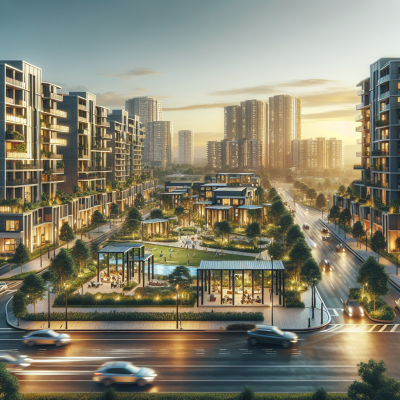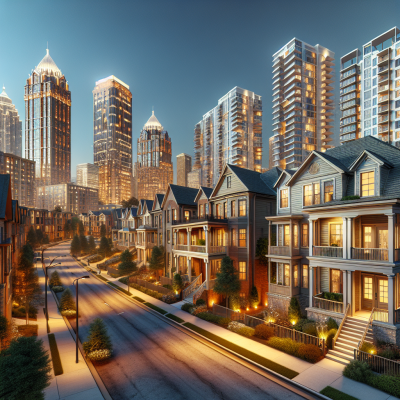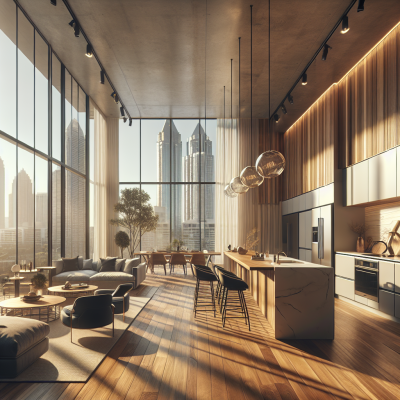
Cultural and Lifestyle Considerations
Impact of Culture on Housing Preferences
Atlanta, often referred to as the City in a Forest, is a diverse metropolis known for its rich tapestry of cultures, which deeply influences housing preferences across its neighborhoods. The city���s diversity is a reflection of its history and ongoing growth, creating a mosaic of vibrant communities that shape housing demands and preferences.
Diverse Communities and Cultural Influences
The melting pot that is Atlanta includes a wide array of cultural communities, each bringing unique preferences and needs to the housing market. This diversity is apparent in neighborhoods like Buford Highway, known for its vibrant Asian and Hispanic communities, which influence the architectural styles, layouts, and amenities of homes in these areas. Houses with communal spaces, larger dining areas, and proximity to cultural centers are typical preferences among these communities, reflecting their cultural emphasis on family and community gatherings.
In contrast, neighborhoods like Morningside-Lenox Park, with a predominance of affluent families, show a preference for classic Southern architecture, featuring large estates with sprawling gardens and privacy fences. Here, the cultural emphasis lies on preserving heritage and status, often reflected in the aesthetics and size of homes.
The African-American community, historically concentrated in areas like the West End and East Point, has influenced housing with a preference for neighborhoods rich in history and community spirit. These areas often prioritize a strong neighborhood network, access to historic sites, and educational facilities. Housing in these communities tends to reflect a blend of traditional and modern elements, catering to both cultural affinity and contemporary needs.
Atlanta's Housing and Its Role in the City's Identity
Atlanta’s housing landscape is not just about providing shelter but also plays a prominent role in shaping the city's identity. This identity is multifaceted, rooted in its history, economic dynamism, and forward-looking development.
Iconic Buildings and Their Stories
Atlanta’s skyline features several iconic buildings that are more than just architectural feats; they are narratives of the city’s evolution and identity. The Fox Theatre, for instance, started as a movie palace in the 1920s and has become a cornerstone of Atlanta’s cultural scene, influencing residential preferences for homes with proximity to such cultural hubs, especially among the arts-inclined demographics.
Similarly, the iconic Bank of America Plaza, the tallest building in the Southeastern United States, symbolizes Atlanta's economic growth and ambitions. Its presence impacts housing by driving demand for upscale apartments and condos nearby, catering to professionals and executives who seek the convenience and prestige of living close to the city’s business heart.
In historic neighborhoods like Inman Park, the mansions and Victorian-style homes tell stories of Atlanta’s post-Civil War resurrection, underscoring a preference for preserving historical aesthetics. Here, home buyers often seek properties that offer a narrative, a sense of continuity with the past, which contributes significantly to the overall identity and allure of these neighborhoods.
These cultural and lifestyle considerations illustrate how deeply intertwined Atlanta's housing market is with its cultural diversity and city identity. The preferences shaped by various communities stay vibrant, ensuring that Atlanta remains a dynamic and evolving city, continually adapting to the cultural influences of its residents.






